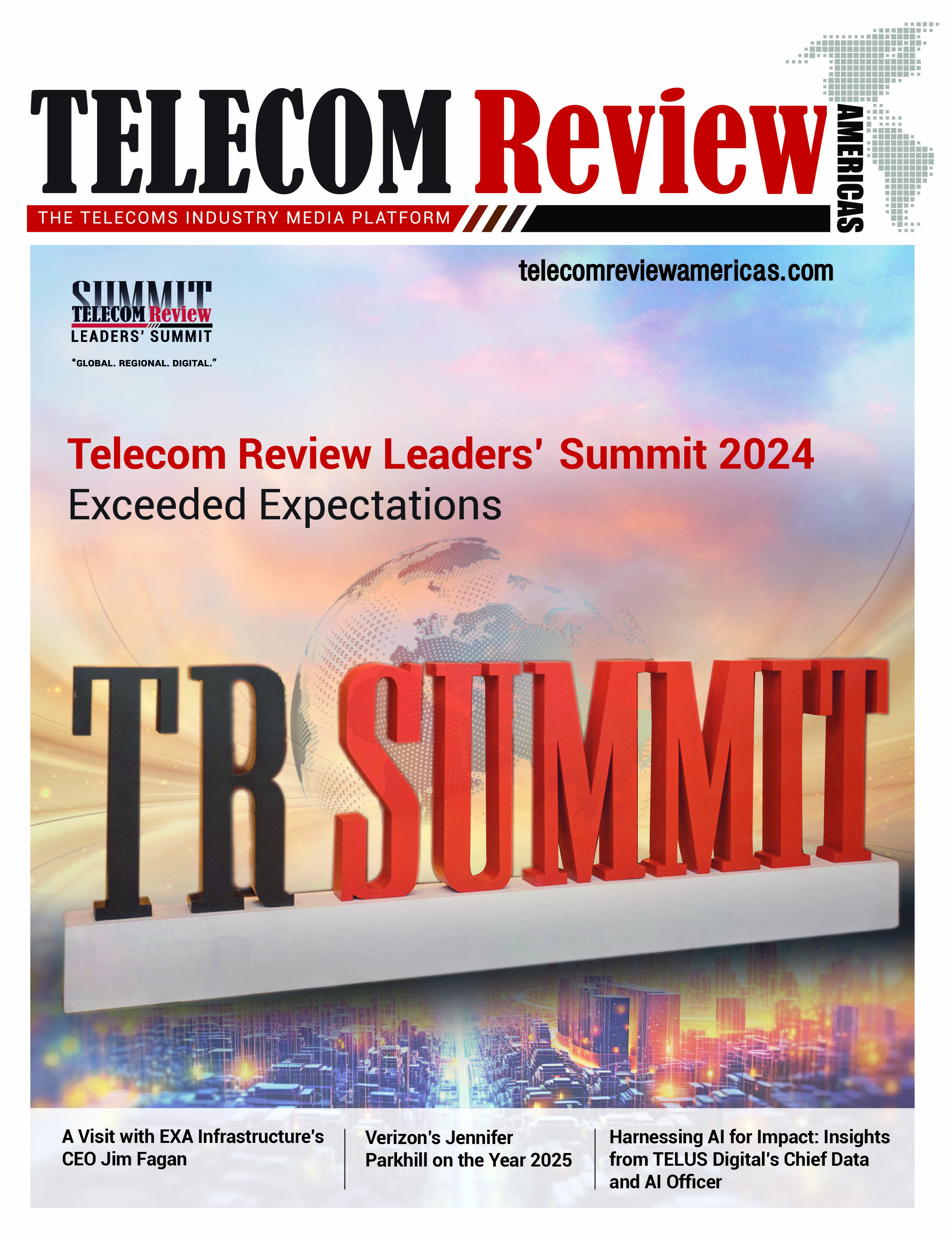More than a decade after the launch of 4G, we are now at the early stages of the next mobile generation technology. Each technology cycle requires greater infrastructure investment than its predecessor to enable better and greater opportunities for mobile operators.
To maximize their returns on 5G and remain in a strong position to deliver use cases and ensure the best customer experience, operators’ new spectrum allocations and wide-area coverage are the top two 5G radio access network (RAN) investment areas.
Radio access networks have evolved over the years and are crucial connection points for operators. As more edge and 5G use cases emerge nowadays for telco customers, RANs are facing increased demands. RANs of the future such as vRAN and Open RAN are known to contribute in making 5G so powerful.
In fact, the global 5G adoption is accelerating, and the North American market is leading. 5G is already creating opportunities for new diverse services, customer verticals, and service and business models in this region.
By the end of 2025, almost two-thirds of total mobile connections will run on 5G. Based on GSMA’s Mobile Economy North America 2021 data, the US and Canada reflect the ambitious 5G deployment plans as operator CAPEX of $300 billion are estimated between 2020 to 2025 — 98% of this are focused on 5G.
Deploying 5G infrastructure and allocating the necessary spectrum are essential in keeping up with this technology’s promise. According to the CTIA, 5G can lead to $500 billion in economic growth. With this in mind, if 5G policies are done right, 5G can, in combination with other emerging technologies like AI/ML, robotics, AR/VR, and edge cloud, provide the basis for accelerated progress.
5G sweet spot: Spectrum
Spectrum is a wireless service provider’s most critical resource. Hence, its spectrum portfolio is among its biggest single asset that is now valued dramatically due to a dynamic 5G future. Deloitte emphasized that the ways in which spectrum is managed, owned, and valued are influenced by the spectrum market supply and demand on a band-by-band basis; an understanding of 5G-related technologies; and how technology evolution will impact operational performance and network investments.Being the lifeblood in the wireless world, spectrum allocation is one of the top priorities of policymakers. In the US, mid-band 5G spectrum auctions are changing how mobile network operators roll out networks. Held in January, the C-band auction ranging from 3.7 GHz to 4.2 GHz was the first major sell-off of the 5G mid-band spectrum, pulling in $80.9 billion. The highest bidder was Verizon with $45.45 billion for 3,511 licenses, followed by AT&T with $23.41 billion for 1,621 licenses and T-Mobile’s spending of $9.34 billion for 142 licenses.
Verizon intends to reach 100 million people with C-band services by March 2022, rising to 250 million by 2024. Kyle Malady, CTO of Verizon, said, “This year our team has nearly doubled its 5G deployment versus the past two years and exceeded the aggressive targets we set at the beginning of the year, even in the face of global supply chain issues, and we’re not stopping. We are on track to deliver our 5G Ultra Wideband service using C-Band spectrum to more than 100 million people in the first quarter of 2022.”
On the other hand, AT&T aims to reach 70 million people with C-band services by the end of 2022, rising to 200 million a year later. Mo Katibeh, SVP, Network Infrastructure and Build, AT&T, said, “Back in February, we acquired 80 MHz of C-Band spectrum from the Federal Communications Commission, which is mid-band and sits between mmWave and Sub-6GHz at between 3.7 and 4 GHz. This can help our 5G network get closer to its full potential and deliver the faster and increased connectivity that customers need.”
Achieving a milestone ahead of time, T-Mobile reached its 2021 goal of covering 200 million people nationwide with its Ultra Capacity 5G, based on the mid-band 2.5 GHz spectrum. Mike Sievert, CEO of T-Mobile, said, “Only T-Mobile is delivering a 5G network capable of truly transforming the smartphone experience – 5G’s first killer app – and that’s just the beginning. With Ultra Capacity 5G nationwide, we’re unleashing innovators across the country to build new 5G applications that will change the world.”
Following FCC’s most lucrative spectrum auction, a shortfall of mid-band spectrum was addressed in October 2021. The clock phase of the additional 100 MHz (3.45–3.55 GHz) auction finally ticked down a month after with 151 rounds and $21.9 billion in total proceeds. The auction’s assignment phase is yet to be completed which puts on hold FCC’s announcement of winners.
In addition, Canada’s first auction of 5G mid-band spectrum resulted in very high spectrum prices, including approximately 200 MHz of spectrum, with 50 MHz reserved for smaller bidders. Recently, the Government of Canada also launched the consultation on a policy and licensing framework for spectrum in the 3800 MHz band. This is the next major step for the 3800 MHz spectrum auction planned for early 2023.
To achieve 5G’s full potential, access to the mid-band spectrum is particularly important, as it offers a balance of coverage and capacity critical to 5G’s success. Bear in mind that the relationship between spectrum bands and network investments needs a proper strategy to deploy, as a lower-band spectrum may appear to be more efficient yet the speed and the customer use case that a higher-band spectrum can bring to the table is also important.
A must for 5G RAN planning
This all falls under a 5G RAN planning process that includes proposing locations, configurations, and settings of new network nodes to be rolled out. Suggestively, the traditional cell architecture needs to evolve into six sectors or more in a higher frequency spectrum to provide better radiofrequency (RF) coverage and signal strength.
Obtaining sufficient coverage over the target area to ensure satisfactory service quality and low bit-error rates while providing network capacity with low service blocking, satisfactory user throughputs, and low dropped call rates are core objectives of RAN planning. In this context, various 5G non-standalone (NSA) deployments are now made at the initial stages of the network development. This utilizes all the existing 3G/4G cell sites. To meet the high availability requirements of 5G networks (99.99%), MNOs will need to deploy hundreds of small cells compared to one large 4G cell.
Suitability and accessibility impact the accuracy of cell site planning. This is where massive MIMO becomes useful in terms of handling rapid traffic growth. Using MIMO antennas is similar to adding more lanes to both sides of a road. As a result, the volume of data that can be sent and received through that road increase by how many lanes (antennas) are there.
Unlike 4G, the network does not require a tall and large structure to deploy a 5G cell site. It can be strategically located on the edge but the tricky part is identifying the appropriate cell site location for a uniform RF coverage that meets all the 5G network requirements.
To accommodate a massive number of connected devices, hundreds of new small cell locations compared to one large cell location for a 4G network are needed. At commercial network rollout (installation phase), 5G RAN measurements are essential for site testing and acceptance to match the high degree of 5G’s flexibility and configurability to bring the expected network performance and coverage.
There are just some aspects of 5G RAN planning and optimization that would ensure the infrastructure meets the coverage, capacity, and QoS requirements that 5G demands. The task of 5G network planning comes with many more dimensions to handle and improve for wider competencies.
Not only focusing on the outdoors, if 5G is to be a success, then it needs to thrive indoors where an ever-increasingly percentage of mobile data is consumed. Here, 5G’s multi-operator capabilities are going to become essential but the current scalability challenges, lack of defined multi-vendor interfaces, and ambiguity from shared spectrum regimes, are yet to be resolved.


































